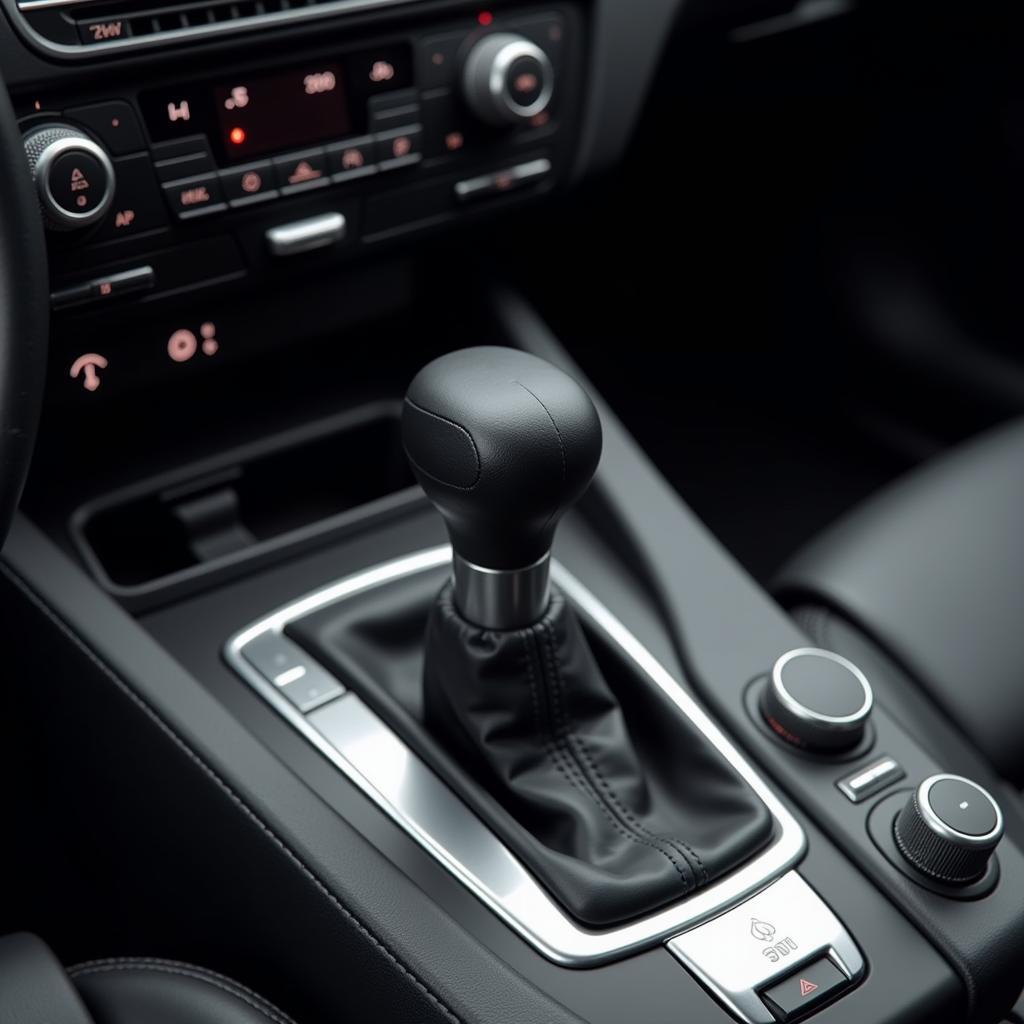Having a flat battery is a frustratingly common experience. Whether it’s your car battery, phone battery, or laptop battery, that sinking feeling of powerlessness is all too familiar. This article focuses specifically on car batteries, offering a comprehensive guide to understanding why your car battery might be flat, how to diagnose the problem, and what solutions are available, including remote software fixes.
Why is My Car Battery Flat?
Several factors can contribute to a flat car battery. Leaving lights on, extreme temperatures, old age, and faulty charging systems are the most common culprits. Sometimes, the issue can be as simple as a loose connection. Other times, it might be a more complex electrical problem.
Common Causes of a Flat Car Battery
- Leaving lights or accessories on: This is a classic mistake. Even a small interior light left on overnight can drain your battery.
- Extreme temperatures: Both hot and cold weather can affect your battery’s performance. Extreme heat can evaporate the battery fluid, while extreme cold can slow down the chemical reactions needed to produce power.
- Old age: Batteries have a limited lifespan, typically 3-5 years. As they age, their ability to hold a charge diminishes.
- Faulty charging system: If your car’s alternator isn’t working properly, it won’t recharge the battery as you drive, leading to a gradual discharge.
- Parasitic drain: This occurs when a component in your car continues to draw power even when the ignition is off, slowly draining the battery over time. Identifying the source of a parasitic drain can be tricky and may require professional diagnostics. If you suspect a parasitic drain is the culprit behind your flat battery, you might consider replacing your 2018 Nissan Sentra key fob battery or your 2021 Silverado key fob battery to rule out those components.
Diagnosing a Flat Car Battery
Before you jump to conclusions, it’s important to diagnose the problem properly. A simple test with a multimeter can tell you the battery’s voltage. A fully charged battery should read around 12.6 volts. A reading significantly lower than this indicates a flat battery.
How to Test Your Car Battery
- Locate your car battery.
- Set your multimeter to DC voltage.
- Connect the red probe to the positive (+) terminal and the black probe to the negative (-) terminal.
- Read the voltage on the multimeter display.
Solutions for a Flat Car Battery
Fortunately, there are several solutions for a flat battery. The most common is jump-starting the car using jumper cables and another vehicle. However, if your issue stems from a faulty key fob, you may want to check out resources on changing the battery in a Nissan key fob or Land Rover key fob battery replacement.
If the issue persists, it’s time to consider more advanced solutions. This is where remote diagnostics and software solutions come into play.
“In today’s vehicles, many electrical systems are controlled by software,” explains John Smith, Senior Automotive Electrical Engineer at Advanced Auto Solutions. “Remote diagnostics allows us to identify software glitches that may be contributing to battery drain. In some cases, we can even implement software updates remotely to fix the problem without the need for a physical visit.”
Remote Software Solutions
Remote software solutions offer several benefits:
- Convenience: No need to tow your car to a repair shop.
- Speed: Diagnostics and repairs can often be completed much faster than traditional methods.
- Cost-effectiveness: Remote software solutions can be more affordable than traditional repairs.
“Remote software updates are revolutionizing the automotive repair industry,” says Sarah Jones, Lead Software Engineer at AutoTech Innovations. “We can now address a wide range of issues remotely, saving car owners time and money.” For example, something as simple as a Jeep Cherokee key fob battery replacement can be diagnosed and addressed remotely.
Conclusion
A flat car battery can be a significant inconvenience, but understanding the causes, diagnostic procedures, and available solutions can help you get back on the road quickly. With advancements in remote diagnostics and software solutions, addressing car battery issues is becoming increasingly convenient and efficient. So, the next time you find yourself saying, “I have a flat battery,” remember the information in this guide and take control of the situation.
FAQ
- How often should I replace my car battery? Typically, car batteries need replacement every 3-5 years.
- Can I jump-start my car myself? Yes, with the proper jumper cables and another vehicle, you can jump-start your car.
- What are the signs of a failing alternator? Dim headlights, flickering interior lights, and a warning light on the dashboard are potential signs of a failing alternator.
- How can I prevent my car battery from going flat? Avoid leaving lights and accessories on, park in a garage during extreme temperatures, and have your battery tested regularly.
- What is a parasitic drain? A parasitic drain is when a component continues to draw power even when the car is off.
- How can I find the source of a parasitic drain? Identifying the source can be challenging and may require specialized diagnostic tools.
- Are remote software solutions available for all car models? Not all car models are equipped with the necessary technology for remote diagnostics and software updates.


